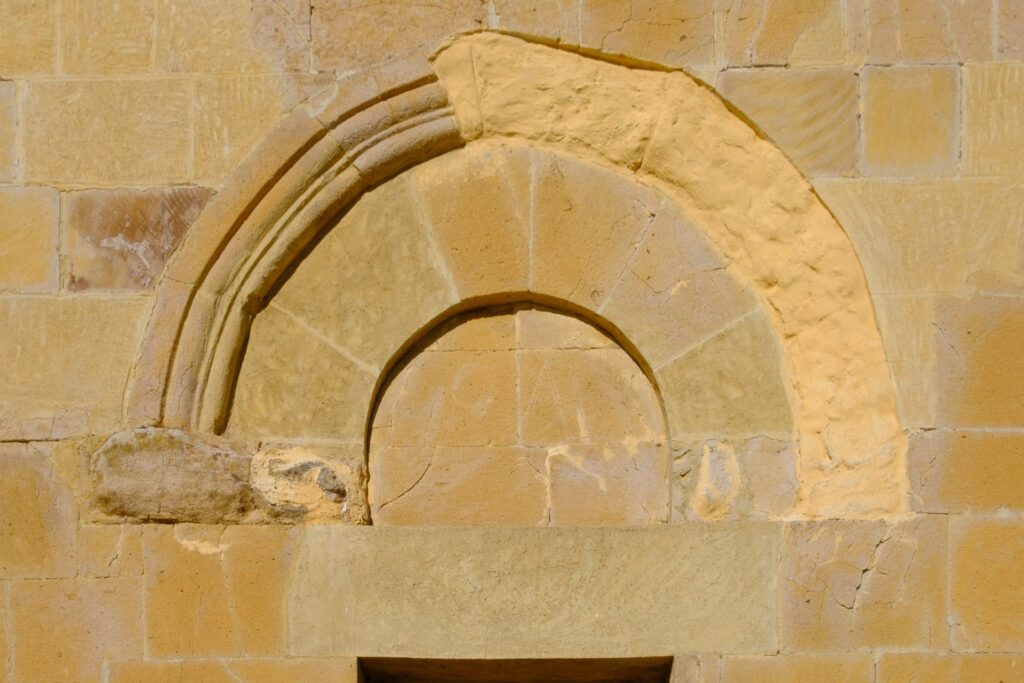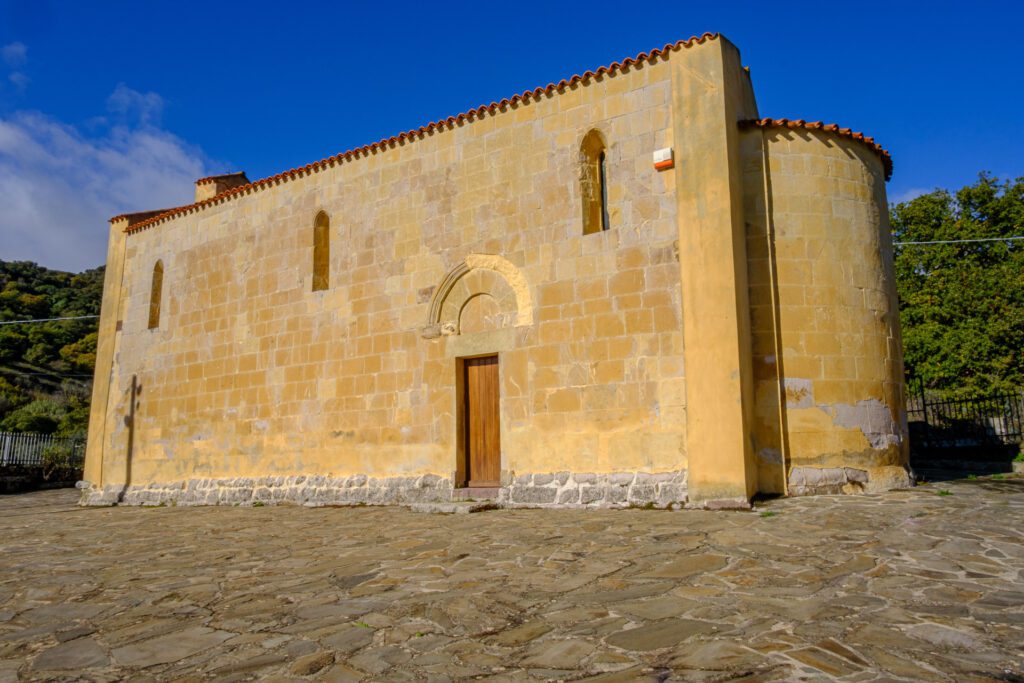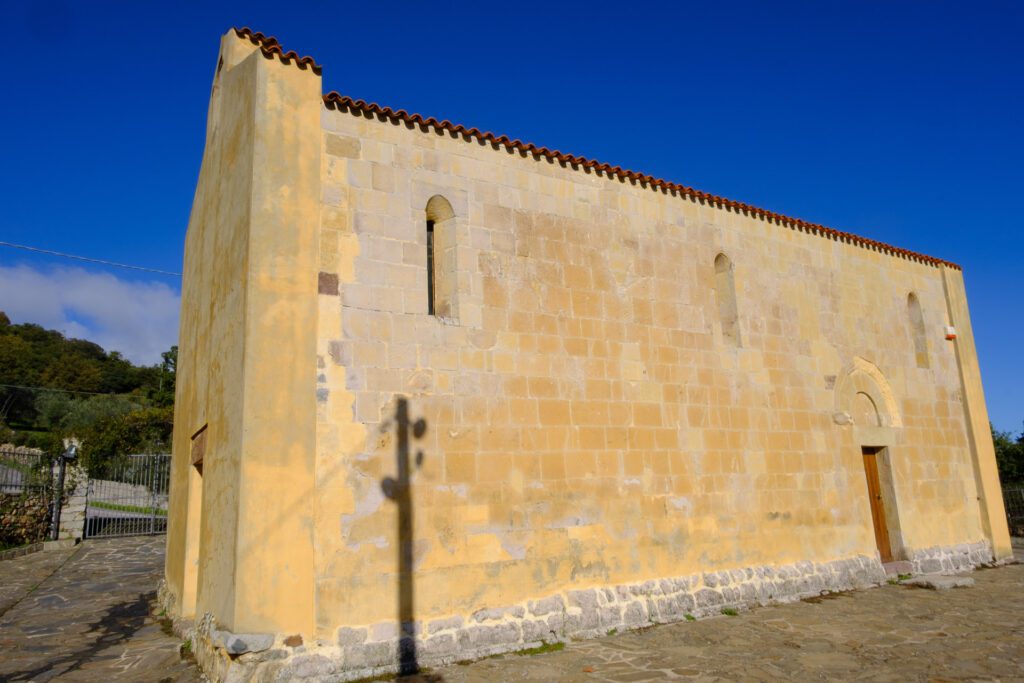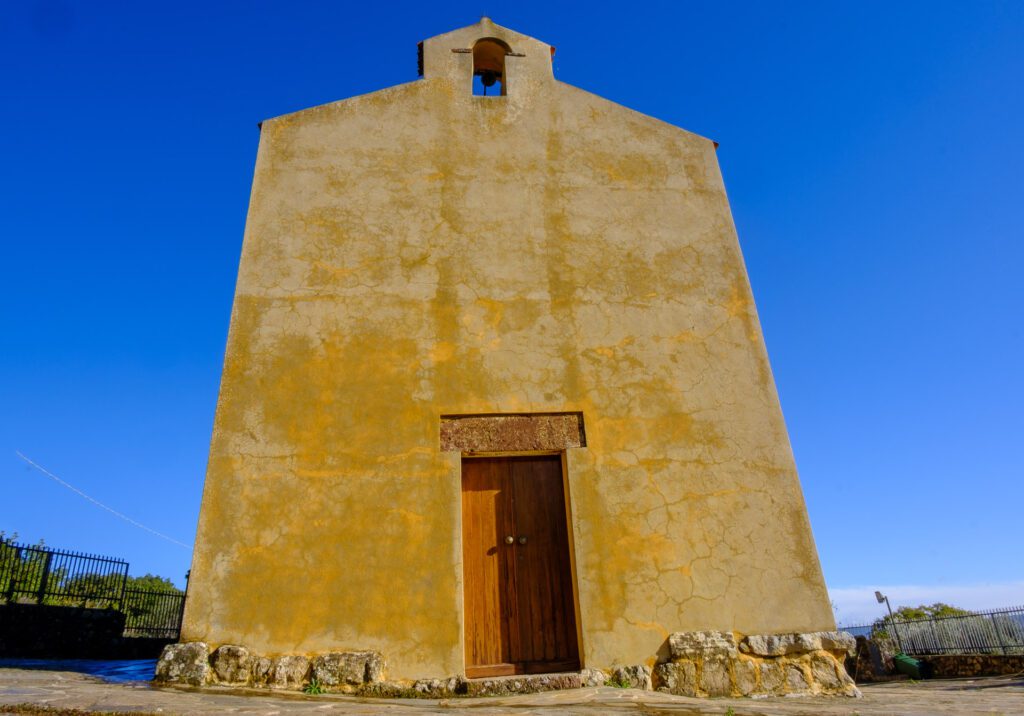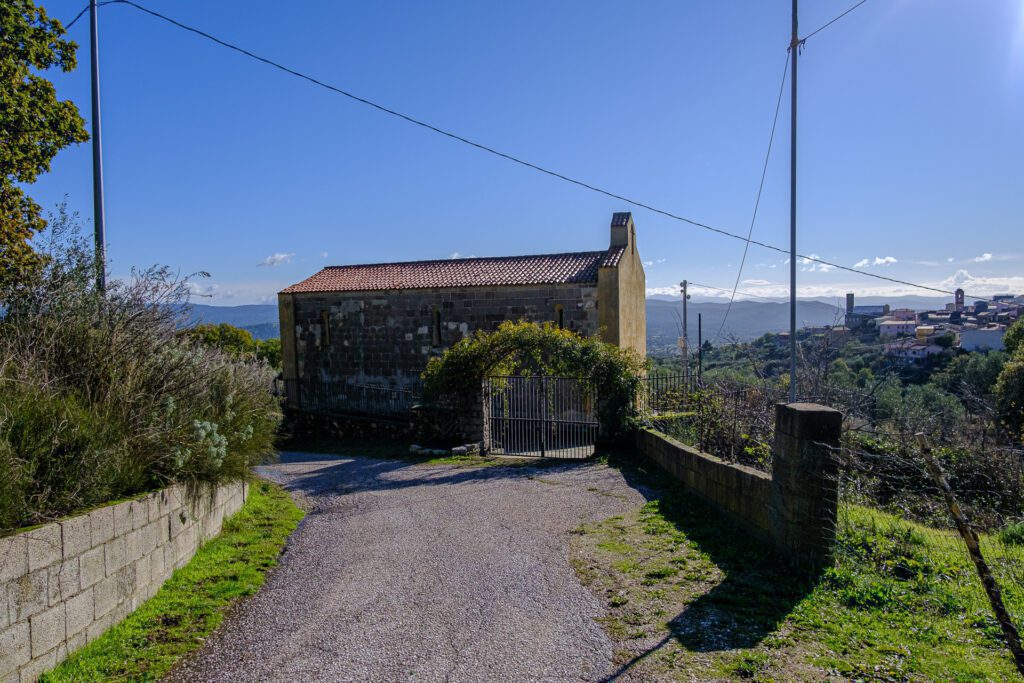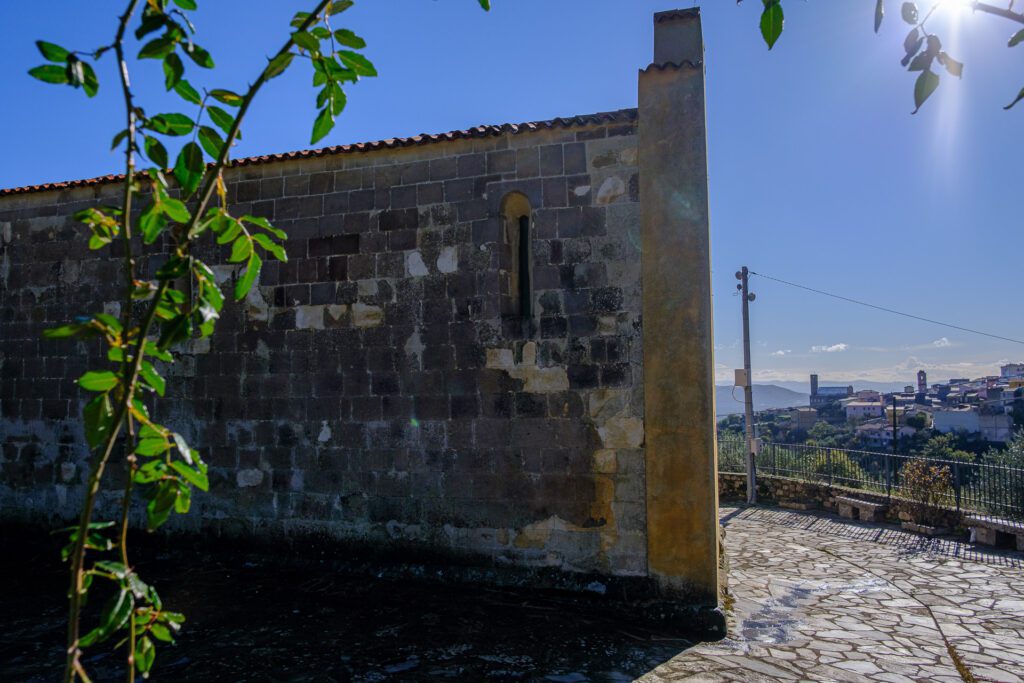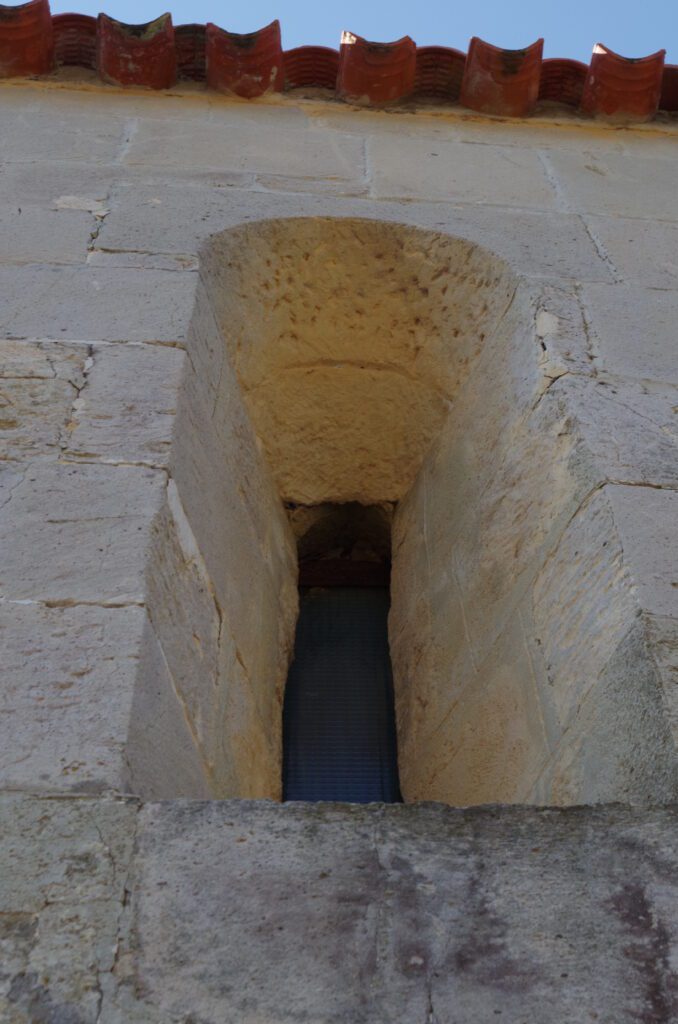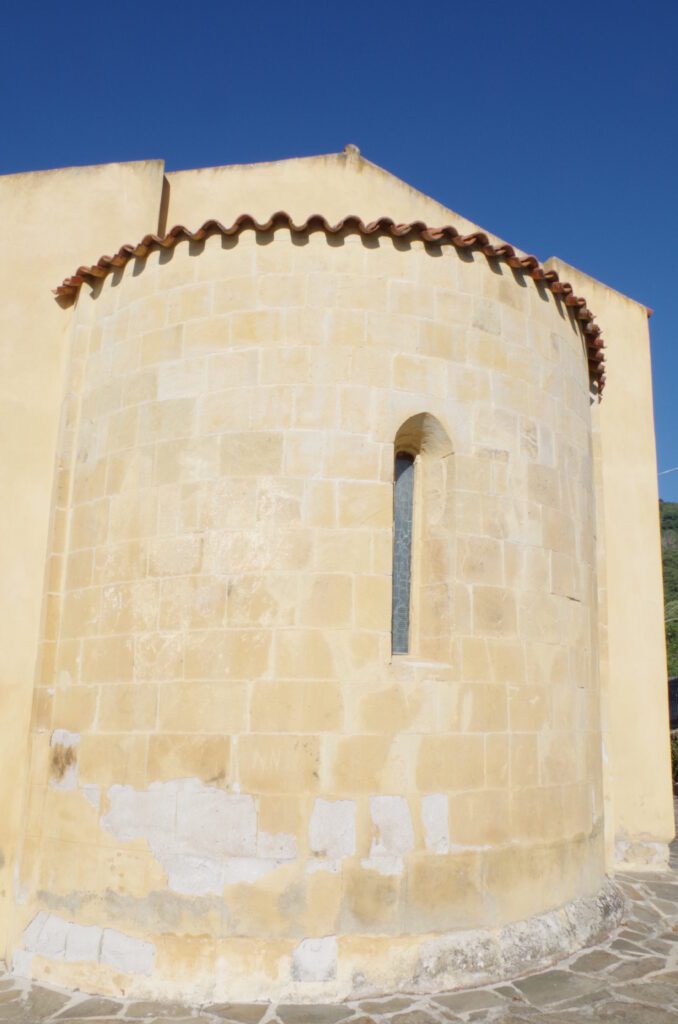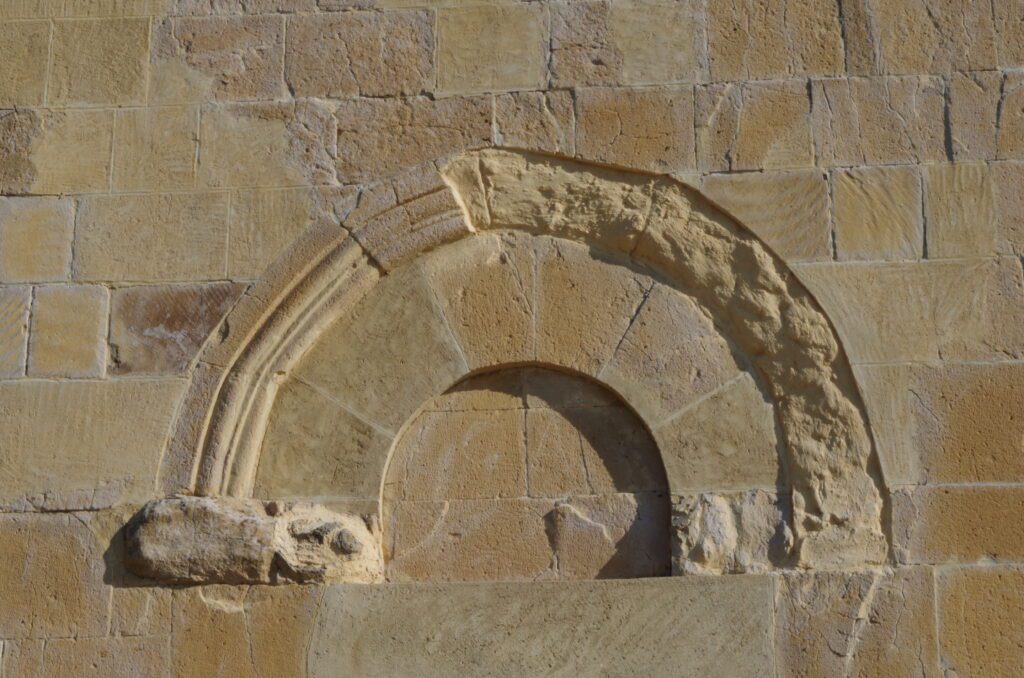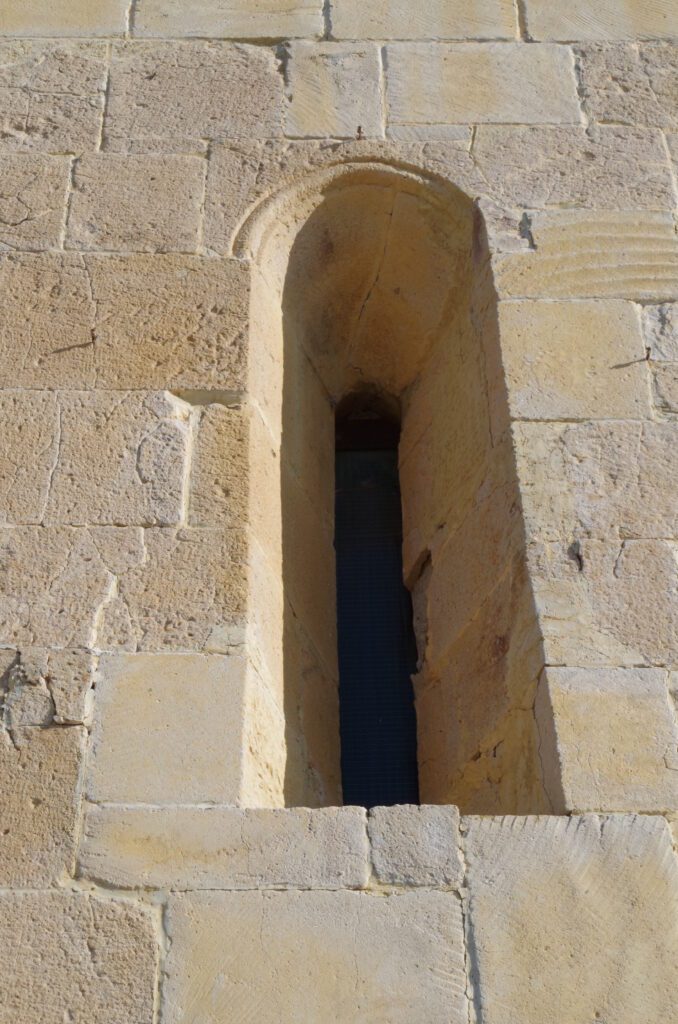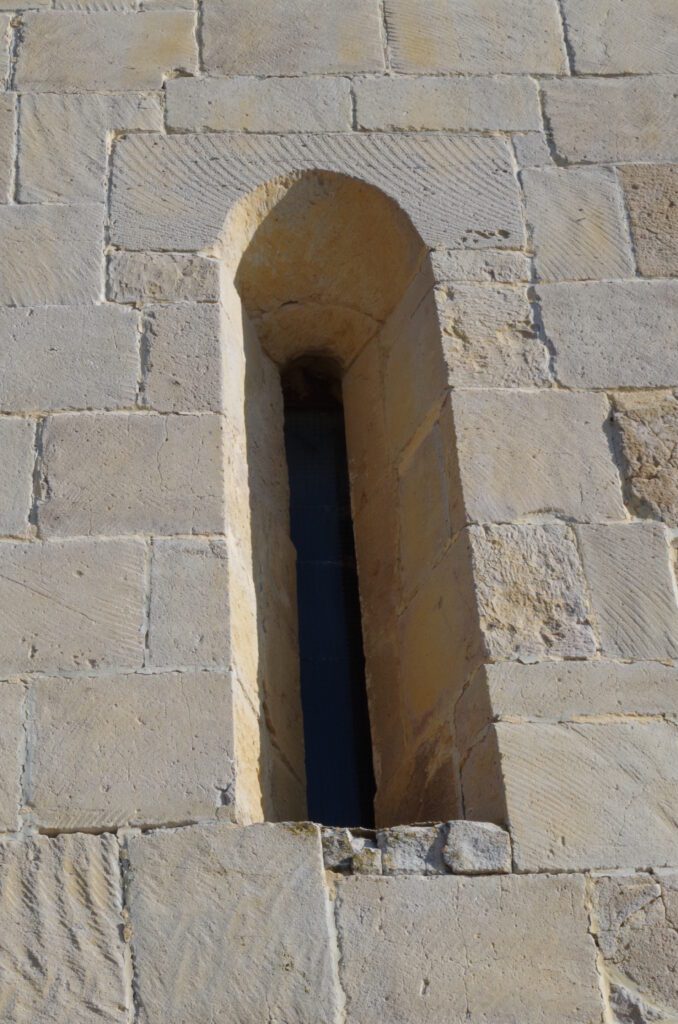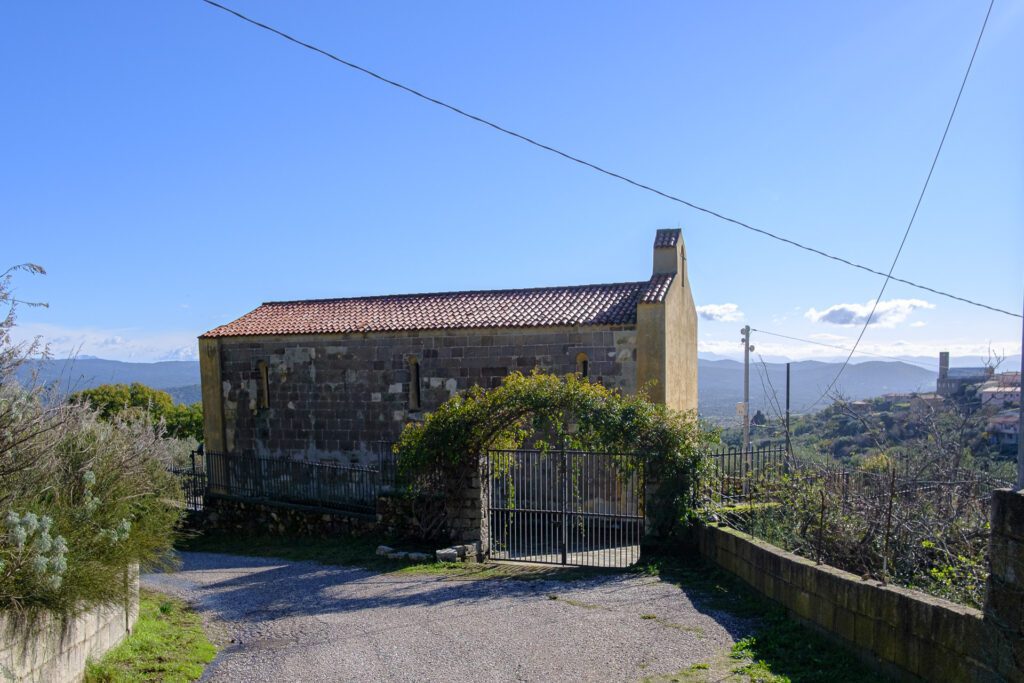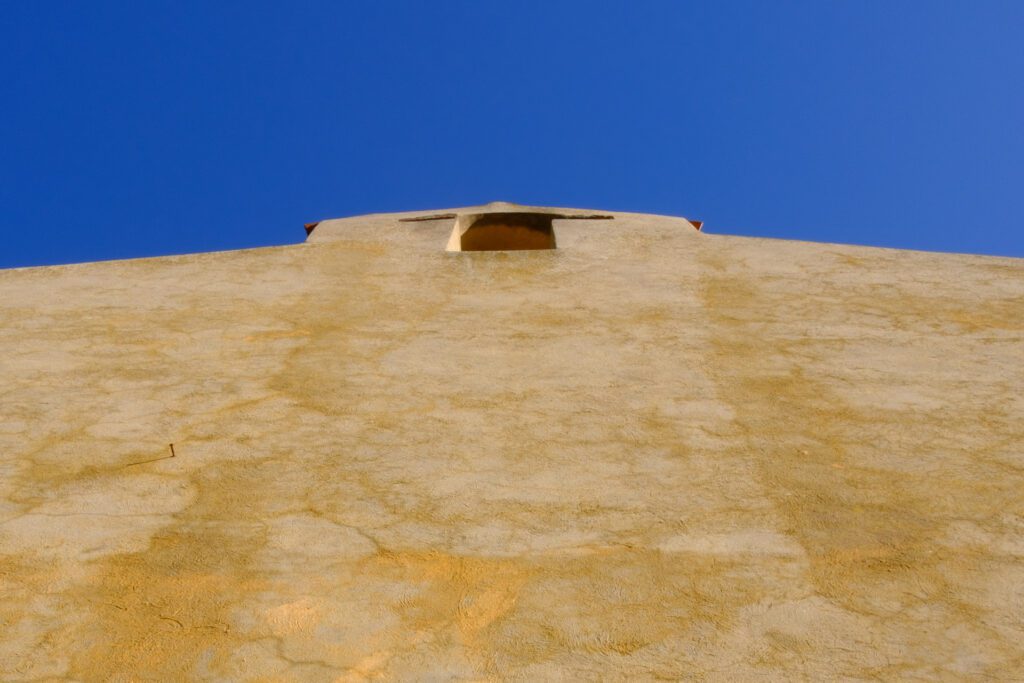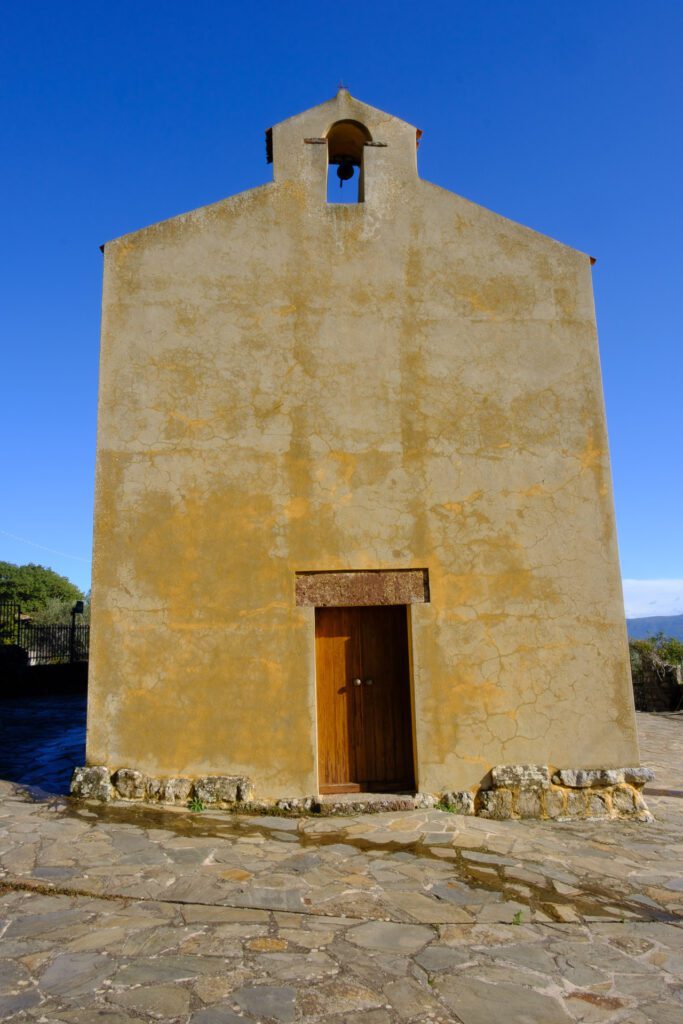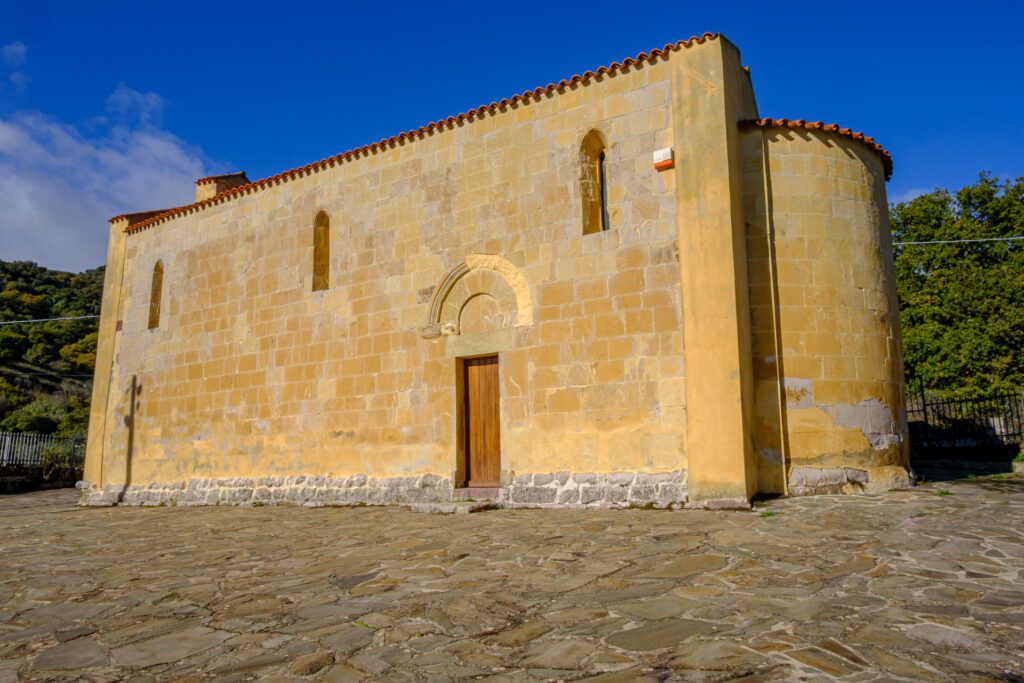Chiesa Romanica Santa Maria di Mesumundu
Chiesa Romanica Santa Maria di Mesumundu
The church of Santa Maria di Mesumundu, located in Anela, stands like an architectural jewel set in a picturesque rural landscape, offering an extraordinary example of Sardinian Romanesque architecture. Its position, immersed in nature, not only enhances its intrinsic beauty, but also creates a harmonious dialogue between the work of man and the surrounding environment, inviting reflection on the relationship between spirituality and nature in the medieval context.
The building of the church, located at the dawn of the 12th century, was part of a period of great cultural and religious ferment for Sardinia. The consecration in 1162 by Camaldolese bishop Attone represents a crucial moment in the building's history, marking the official start of its liturgical life. The subsequent donation, in the following year, to the monks of Camaldoli, not only testifies to the growing importance of the Camaldolese order in Sardinia, but also places Santa Maria di Mesumundu within a wider monastic network, ideally and spiritually connecting it to the order founded by Saint Romuald in 1012.
Architecturally, the church is distinguished by its elegant simplicity.
The structure, made of light-coloured stone blocks, not only gives the building a special luminosity, but also reflects the skilful use of local materials, a typical feature of Romanesque architecture. The choice of a single nave with apse responds to specific liturgical needs, creating a unified space that favours the concentration of the faithful towards the altar. The wooden truss roof, besides being an effective technical solution, adds an element of warmth and naturalness to the interior of the building. The church of Santa Maria di Mesumundu, located in Anela, stands as an architectural jewel set in a picturesque rural landscape, offering an extraordinary example of Sardinian Romanesque architecture. Its position, immersed in nature, not only enhances its intrinsic beauty, but also creates a harmonious dialogue between the work of man and the surrounding environment, inviting reflection on the relationship between spirituality and nature in the medieval context.
The building of the church, located at the dawn of the 12th century, was part of a period of great cultural and religious ferment for Sardinia. The consecration in 1162 by Camaldolese bishop Attone represents a crucial moment in the building's history, marking the official start of its liturgical life. The subsequent donation, in the following year, to the monks of Camaldoli, not only testifies to the growing importance of the Camaldolese order in Sardinia, but also places Santa Maria di Mesumundu within a wider monastic network, ideally and spiritually connecting it to the order founded by Saint Romuald in 1012.
Architecturally, the church is distinguished by its elegant simplicity. The structure, made of light-coloured stone blocks, not only gives the building a special luminosity, but also reflects the skilful use of local materials, a typical characteristic of Romanesque architecture. The choice of a single nave with apse responds to specific liturgical needs, creating a unified space that favours the concentration of the faithful towards the altar. The wooden truss roof, besides being an effective technical solution, adds an element of warmth and naturalness to the interior of the building.

 ►
Explore 3D Space
►
Explore 3D Space
